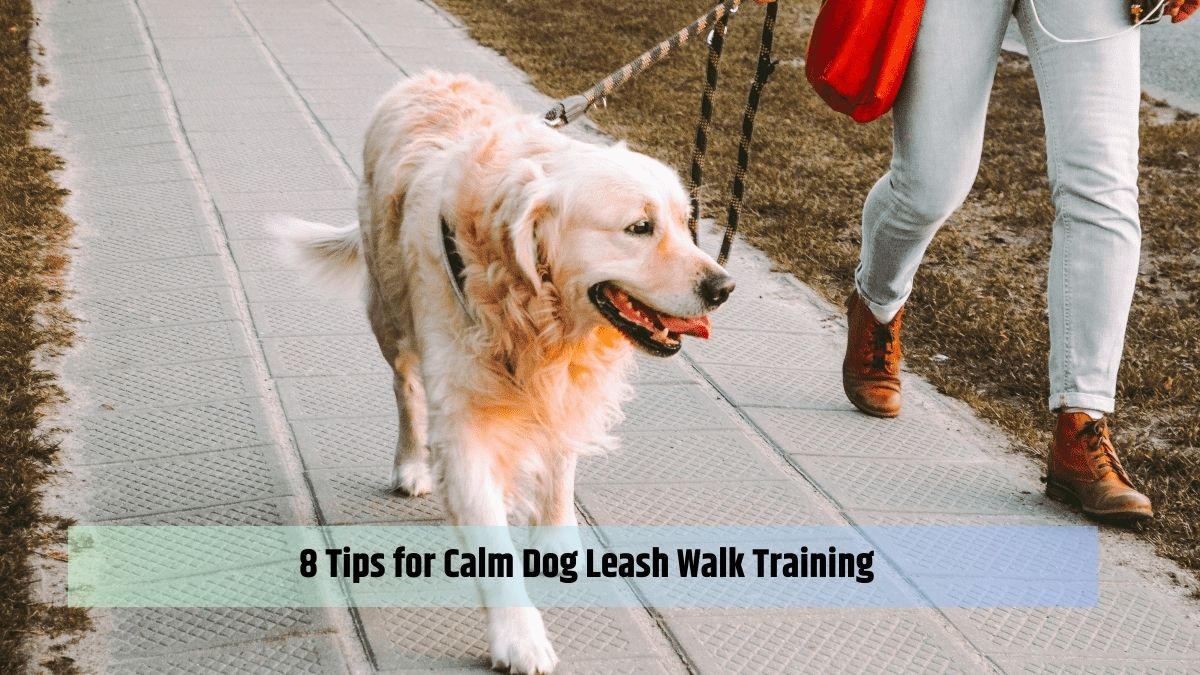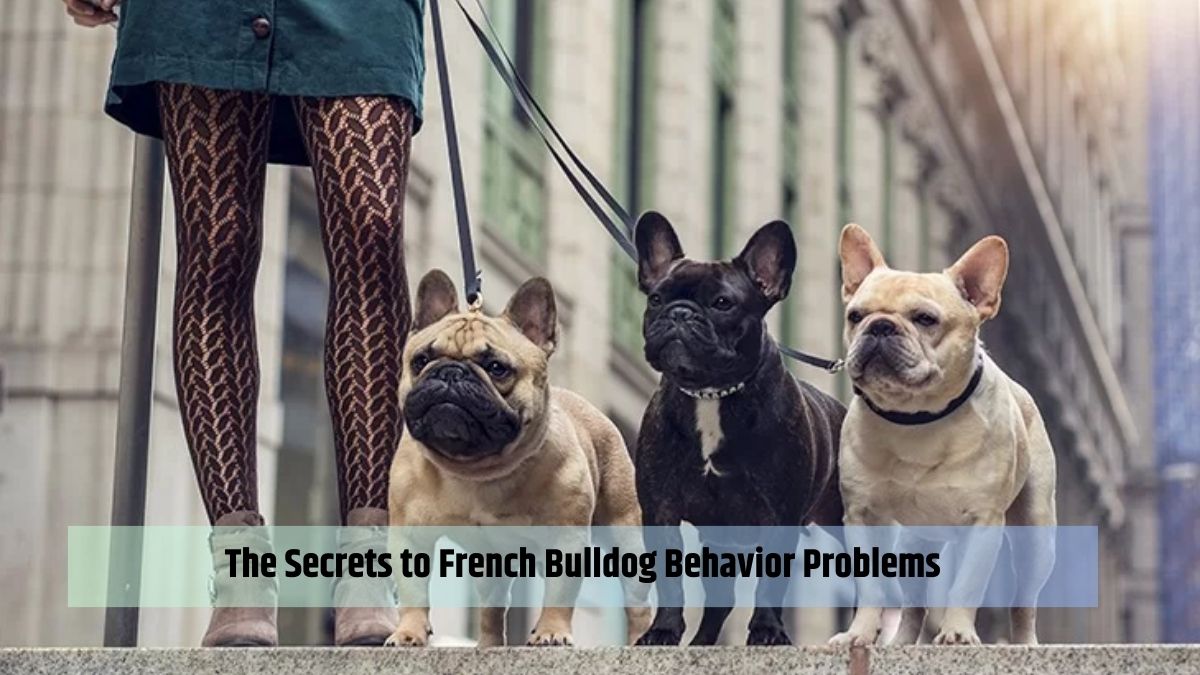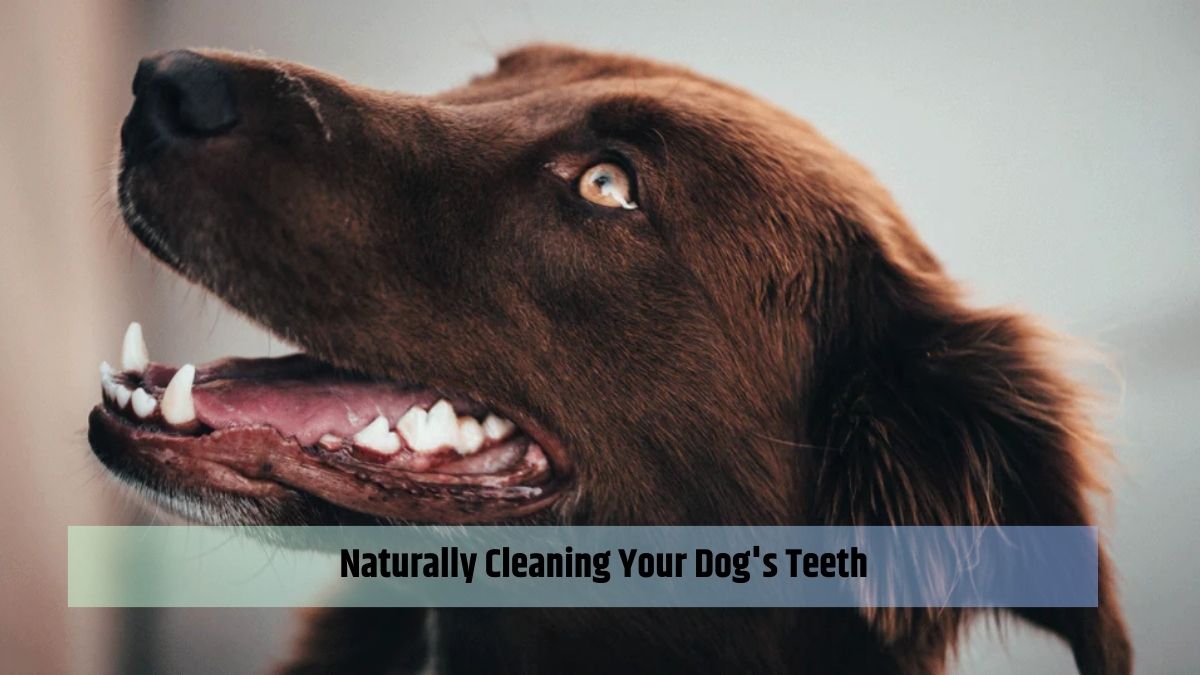While walking your dog on a leash is an important part of having a pet, it can be stressful for both you and your furry friend. Training your dog to walk well on a leash is important, whether you have a hyperactive puppy or a dog that doesn’t like being on a leash. This article will talk about the eight best tips for calm dog leash walk training to make sure that you and your dog have a great time.
Understanding the Importance of Leash Training
Leash training goes beyond preventing your dog from pulling; it fosters a stronger bond between you and your pet, enhances their obedience, and ensures the safety of both your dog and those around you. Before diving into specific training techniques, it’s crucial to recognize the significance of leash manners in promoting a positive walking experience.
Start Early for the best results.
Early training is key to instilling good leash habits in your dog. Puppies are more adaptable, and starting leash training as early as possible helps them learn and adopt positive behaviors. However, it’s never too late to train an older dog; consistency and patience are the keys to success.
Choose the Right Leash and Collar
Selecting the appropriate leash and collar plays a pivotal role in leash training. Opt for a comfortable, non-restrictive collar and a leash of suitable length. Consider using a front-clip harness, which discourages pulling and offers better control. Ensure that the equipment fits properly to prevent discomfort.
Positive Reinforcement Techniques
Positive reinforcement is a powerful tool in dog training. Reward your dog with treats, praise, or affection when they exhibit desired leash behavior. Encourage loose-leash walking by rewarding your dog for walking calmly beside you. Consistency is crucial for reinforcing positive habits.
Practice Patience and Consistency
Leash training takes time, and patience is essential. Consistency in your training approach and expectations will help your dog understand what is expected of them. Avoid frustration and maintain a calm demeanor, as dogs are sensitive to their owner’s emotions.
Gradual Exposure to Distractions
Gradually expose your dog to various distractions during walks to build their focus and obedience. Start in a quiet environment and progressively introduce more challenging situations. This helps your dog develop self-control and adapt to different stimuli without becoming overly reactive.
Use Redirecting Techniques
If your dog exhibits unwanted behavior, such as pulling or lunging, employ redirecting techniques. Rather than scolding, redirect their attention to you with a treat or a toy. This reinforces the positive behavior of paying attention to you instead of reacting to external stimuli.
Seek Professional Training if Necessary
If you encounter difficulties in leash training, consider seeking the help of a professional dog trainer. Professional trainers have the expertise to address specific behavioral issues and can provide personalized guidance to enhance the effectiveness of your leash training efforts.
Conclusion
Mastering calm dog leash walks is an achievable goal with the right approach and dedication. Leash training not only improves your dog’s behavior but also transforms walks into enjoyable bonding experiences. Remember, consistency, positive reinforcement, and patience are the keys to success in cultivating good leash manners. Implement these tips, and you’ll find that both you and your canine companion can look forward to stress-free and enjoyable walks.
FAQs
When should I start leash training my dog?
It’s best to start leash training early, ideally when your dog is still a puppy. However, it’s never too late to train an older dog. Consistency and patience are crucial for success.
What type of leash and collar should I use for leash training?
Choose a comfortable, non-restrictive collar and a suitable leash length. Consider using a front-clip harness for better control. Ensure that the equipment fits properly to prevent discomfort.
How can I stop my dog from pulling on the leash?
Use positive reinforcement techniques to reward your dog for walking calmly beside you. Gradually expose them to distractions, and employ redirecting techniques if pulling occurs. Seek professional training if needed.
How long does it take to leash train a dog?
The time it takes to leash train a dog varies depending on factors such as the dog’s age, breed, and previous experiences. While some dogs may catch on quickly, others may require more time and patience.
Can I use any treats for positive reinforcement during leash training?
While you can use a variety of treats for positive reinforcement, it’s essential to choose treats that your dog finds highly rewarding. Opt for small, easy-to-consume treats that your dog can enjoy quickly during walks.











